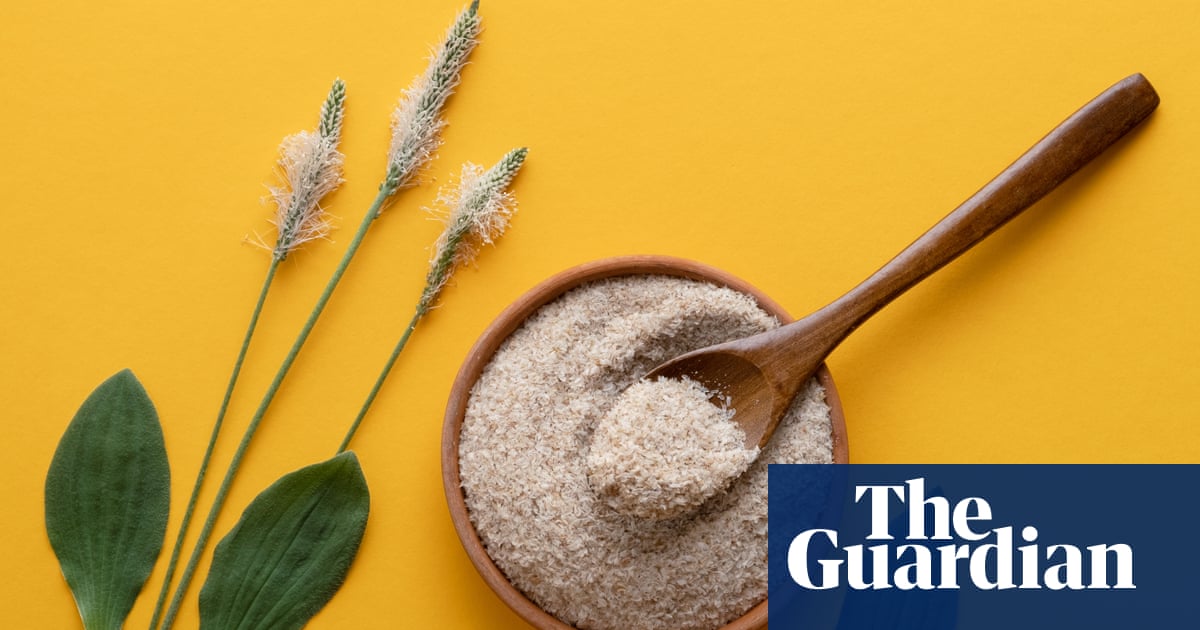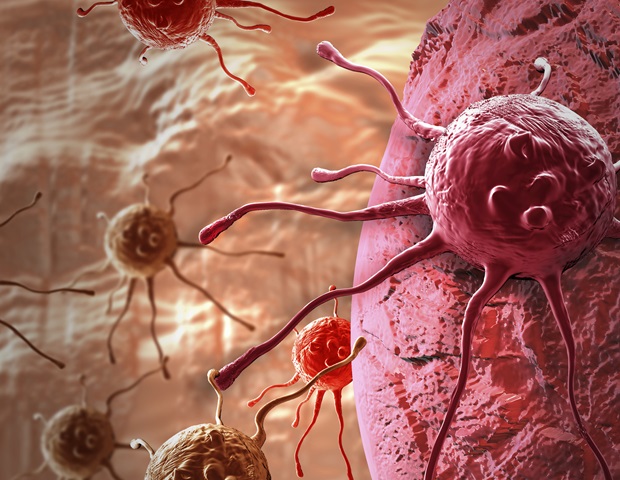New Study Reveals Boiling Water Can Remove Microplastics from Tap Water

Less than a decade ago, the notion that minuscule microplastic particles are present in our tap water—merely waiting to be poured into a glass—sounded more like a storyline from a dystopian novel than a subject for casual conversation at the kitchen table. Yet, extensive testing conducted globally has unearthed alarming findings: from a few dozen to thousands of these minute particles, commonly referred to as nano- and microplastics, can be found floating in the water we consume daily.
The impact of these plastic particles on human health is still the subject of intense scientific research, but one thing is certain: nobody wants microplastics contaminating their meals.
Could it be this simple to tackle such a pervasive problem?
Researchers Zhanjun Li and Eddy Zeng, along with colleagues based in Guangzhou, China, have made a groundbreaking discovery: by combining heat with the minerals already present in hard water, it is possible to eliminate up to ninety percent of microplastics before the water even reaches its boiling point. This revelation suggests that the everyday practice of boiling tap water—something most families do when making coffee or preparing baby formula—can significantly reduce the number of these invisible contaminants.
The research originated from a broader study aimed at exploring whether simple daily habits could mitigate an issue that many perceive as too vast for individual actions to impact effectively.
Microplastics and Boiling Water
The scientists found that when water enriched with calcium is heated beyond 212°F, the minerals begin to crystallize into flakes of calcium carbonate. This process creates the same chalky buildup that often accumulates in frequently used kettles.
In their experiments, these newly formed flakes floated throughout the boiling water, effectively latching onto free-floating plastic particles. As a result, the microplastics were wrapped in calcium carbonate and subsequently sank to the bottom of the kettle, where they contributed to the growing crust.
Tests were conducted using three common types of plastic resins: polystyrene, polyethylene, and polypropylene. The results showed that at least eighty percent of these plastic particles were successfully captured after a mere five-minute boil, followed by a short cooling period. This figure jumped to nearly ninety percent when the water contained approximately 300 milligrams of calcium carbonate per liter, a concentration typical of hard water found in various regions across the United States, including San Antonio and Indianapolis.
The Importance of Minerals
The chemistry of water can vary tremendously across the U.S. In areas with soft water, where the dissolved calcium content drops below around 60 milligrams per liter, the researchers still observed a 25% reduction in microplastics, which is beneficial, but still leaves a considerable amount of debris floating about.
Conversely, hard water provides more resources for the formation of limescale. The higher the mineral content, the more surfaces there are for plastic particles to cling to, thereby resulting in a more effective removal rate. Moreover, because the flakes form rapidly, they can be easily rinsed or brushed away from cookware, taking the microplastics with them.
For any plastic fragments that remain suspended in the water, they can be captured using a simple paper coffee filter—an item that is often found right next to many kitchen sinks.
This method is cost-effective, requiring only a minimal expense for the boiling process and no additional electricity beyond what is needed to heat the burner. It is particularly advantageous for families who may lack the space or resources for more advanced water filtration systems.
Evidence Beyond the Laboratory
The concept that everyday boiling can reduce microscopic plastic pollution aligns with recent findings from field studies. In 2025, scientists conducted sampling of both bottled and tap water across Europe, identifying anywhere from 19 to 1,154 microplastic particles per liter. The highest concentrations were found in municipal supplies sourced from mineral-rich aquifers.
By targeting the same minerals that are naturally present in hard water, the boiling method offers a temporary solution while policymakers engage in discussions about stricter water standards.
Health organizations, including the World Health Organization, acknowledge that the current research is insufficient to establish direct connections between microplastic consumption and specific health concerns. Nonetheless, they advocate for reducing exposure wherever possible.
The U.S. Geological Survey has echoed this sentiment in its environmental health strategy, calling for straightforward interventions that individuals can implement immediately.
Practical Kitchen Tips
If your kettle tends to accumulate mineral deposits between cleanings, you might experience the most benefit from this method. To utilize this technique, bring the water to a vigorous boil for five minutes, allow it to sit until the steam dissipates, and then pour it out slowly, leaving the chalky residue behind.
Regularly scrubbing the kettle can help wash away the captured plastics down the drain, where municipal treatment facilities are typically more equipped to handle larger, aggregated particles compared to their smaller, nanoscale counterparts.
For residents living in areas with soft water, there are still ways to achieve a modest reduction in microplastics. Adding food-grade calcium, such as a small pinch of pharmaceutical lime, before boiling can enhance the removal process.
However, the research team cautions that any mineral additives should remain within the U.S. Environmental Protection Agency’s (EPA) secondary limit of 120 milligrams per liter of calcium to avoid potential taste issues.
Boiling Water vs. Microplastics
While boiling water may not be a comprehensive solution to the microplastics problem, it represents a promising step forward. Meanwhile, engineers are working on bio-based filters designed to capture plastic fragments at wastewater treatment plants, and chemists are investigating enzymes that can break down plastic bottles into harmless components.
Nonetheless, the findings from the Guangzhou research illustrate how a traditional practice can effectively address a modern pollutant without the need for sophisticated technology. By combining stovetop heat with a simple paper filter, we can significantly reduce the amount of microplastics that end up in our cups while scientific efforts continue to seek long-term solutions to this urgent challenge.
Although plastic pollution will not disappear overnight, this research serves as a reminder that meaningful advancements can sometimes be found in the most familiar routines.
The full study has been published in the esteemed journal Environmental Science and Technology Letters.
—–
Like what you read? Subscribe to our newsletter for engaging articles, exclusive content, and the latest updates.
Check us out on EarthSnap, a free app brought to you by Eric Ralls and Earth.com.
—–


























